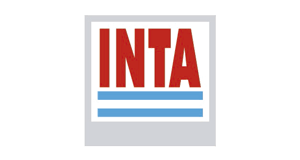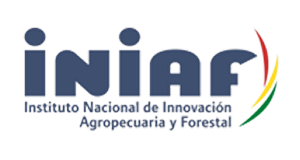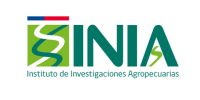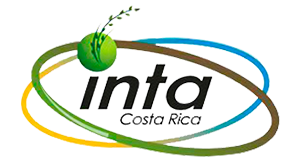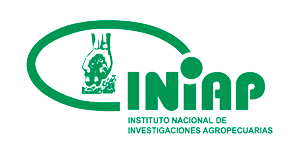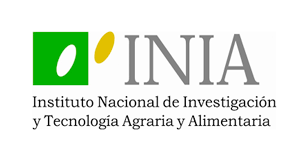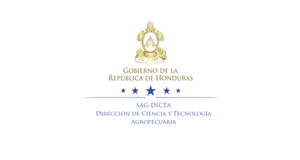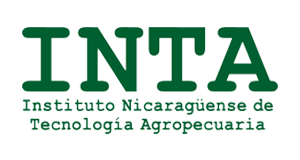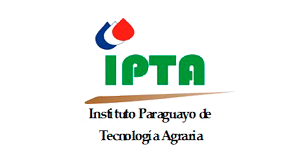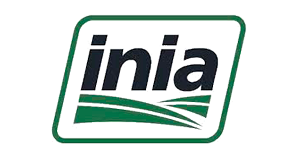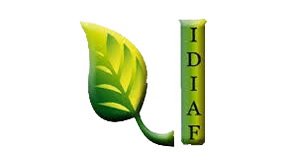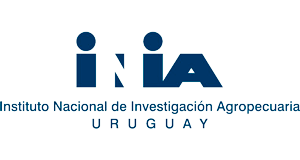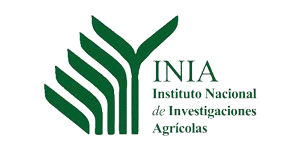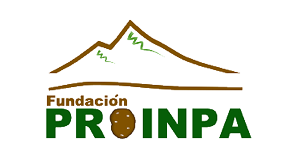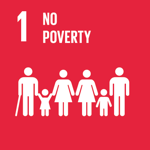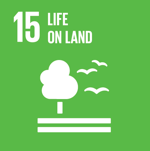Lupine: rediscovering its origins, trajectory and future potential
Lupine, an ancient crop of the high Andes, has important advantages as quality proteins and soil improvement capacity. It has had little development outside its production niches, however, this will change -without a doubt- in the very short term.
Context of the story
The Lupine genus is widely disseminated and include three species domesticated in the Mediterranean and North Africa and one cultivated in the Andes: L. mutabilis Sweet, which is considered semi-domesticated, since most of the current genotypes are still bitter. Lupines are mainly used as animal feed, but their potential is also huge as human food.
Its importance lies in its high content of quality proteins and its ability to fix nitrogen in the soil. This roadmap defines crop limitations, as well as the required actions, specific goals and enabling conditions for further development of cultivated species.
Lupine: a revolution in the food industry?
The implemented initiative
The Technology Transfer Mechanisms and Climate Networks in Latin America and the Caribbean program, co-financed by FONTAGRO and the Global Environment Facility (GEF), promotes environmentally appropriate technologies that contribute to reducing greenhouse gases and vulnerability to climate change in the context of family agriculture. A project that has aroused interest is the revaluation of lupine – a “forgotten” crop- which has been conducted by the PROINPA Foundation in Bolivia, the Institute of Agricultural Research (INIA) of Chile, and the National Autonomous Institute of Agricultural Research (INIAP) of Ecuador. This Lupine Roadmap discusses the current crop context, points out limitations and proposes specific actions to resolve them.
Goal: lupines of higher quality and productivity
The technological solution
The objective is to propose a roadmap for the escalation of production and processing of lupine species in Bolivia, Chile and Ecuador. The initiative was designed on a participatory fashion by specialists from INIAF and PROINPA in Bolivia, INIA-Chile and INIAP-Ecuador, it is based on the results of a GEF-funded project through FONTAGRO.
The proposed roadmap has three components: diagnosis of the limitations in each country, description of the goals, description of the proposed actions and enabling conditions to achieve them.
"The interest of Latin American and European countries in the development of lupine is due to its exceptional nutritional characteristics"
Participating countries
Results
This roadmap opens a window of opportunity for a historically relegated crop that has great potential to contribute to the economic, nutritional and environmental improvement of the region's production systems, for the following reasons:
• The growing interest of the countries involved, to which Peru and Mexico could join.
• The accumulation of scientific information and technological advances achieved, among others, by the participants in the FONTAGRO project.
• The need to strengthen the use of Environmentally Sound Technologies (TAR) in family farming.
• The need to improve the nutrition of vulnerable populations.
• The market potential of lupine as food for people and animals.
Relevant data
Goals for lupine in a horizon of 10-15 years
Infographic
Synergistic and complementary actions required for the future development of lupine
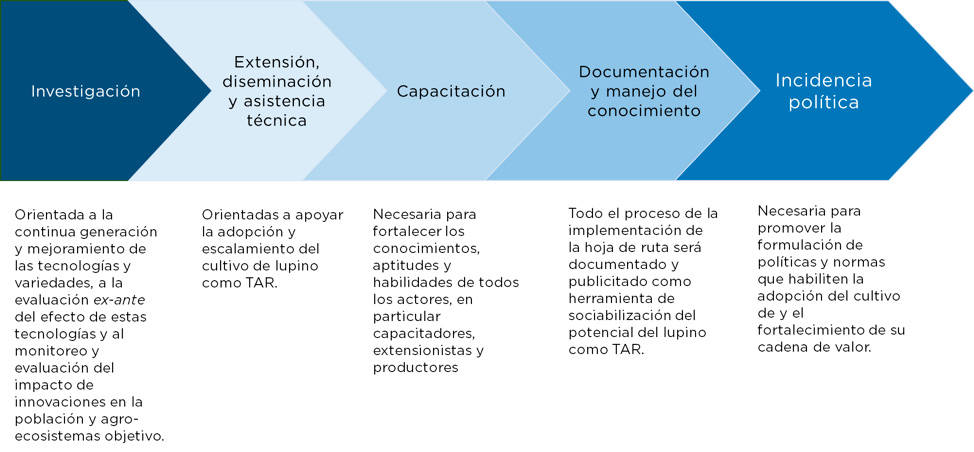

 Back to the project
Back to the project United States
United States Argentina
Argentina Bolivia
Bolivia Chile
Chile Colombia
Colombia Costa Rica
Costa Rica Dominican Republic
Dominican Republic Ecuador
Ecuador Honduras
Honduras Nicaragua
Nicaragua Panama
Panama Paraguay
Paraguay Peru
Peru Spain
Spain Uruguay
Uruguay Venezuela
Venezuela
